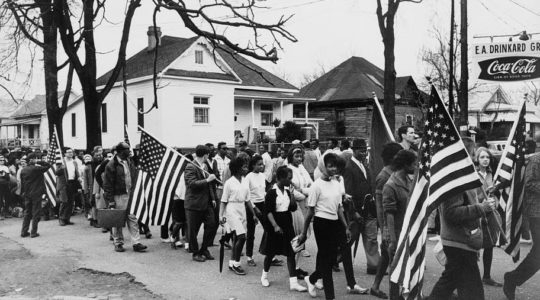The French police have discovered the gun they believed was used to kill Israeli Diplomat Yaakov Barsimantov and American deputy military attache Col. Charles Ray in 1982.
The gun, a Czech-made pistol, was part of an arms cache found in a terrorist hideaway used by the Armed Lebanese Revolutionary factions, a Marxist group with close links with similar organizations in West Germany, Belgium, Italy and France.
Ray was gunned down outside his home on January 18, 1982, while Barsimantov, a second secretary at the Israel Embassy, was shot by a woman terrorist outside the lobby of his residence on April 2, 1982.
The spectacular discovery of the hideout, considered a major breakthrough in the fight against terrorism, followed the arrest last October of a man, Georges Ibrahim Abdullah, considered to be the head of the gang. Police found on Abdullah a notebook which led them to a Swiss bank account from which rent was paid for a Paris apartment.
Last week, police swooped down on the apartment in the northwest of Paris and found 20 kilograms of explosives, several detonators, submachineguns and pistols. A routine examination of the weapons led to the identification of the pistol believed to have been used to kill the two diplomats.
Abdullah was arrested after the Italian border police last August found seven kilograms of explosives hidden in the suitcase of a Lebanese, Ahmed El Mansuri, travelling from Yugoslavia to Rome aboard the Trans-Orient express train.
The explosives were of the same type which had been used to blow up the Rue Copernic Synagogue in Paris in 1980 killing four and injuring 20 people. A young woman, Josephine Abdu Sarkis, believed to be the woman terrorist who killed Barsimantov, was arrested initially and is held in Ostia.
JTA has documented Jewish history in real-time for over a century. Keep our journalism strong by joining us in supporting independent, award-winning reporting.
The Archive of the Jewish Telegraphic Agency includes articles published from 1923 to 2008. Archive stories reflect the journalistic standards and practices of the time they were published.



